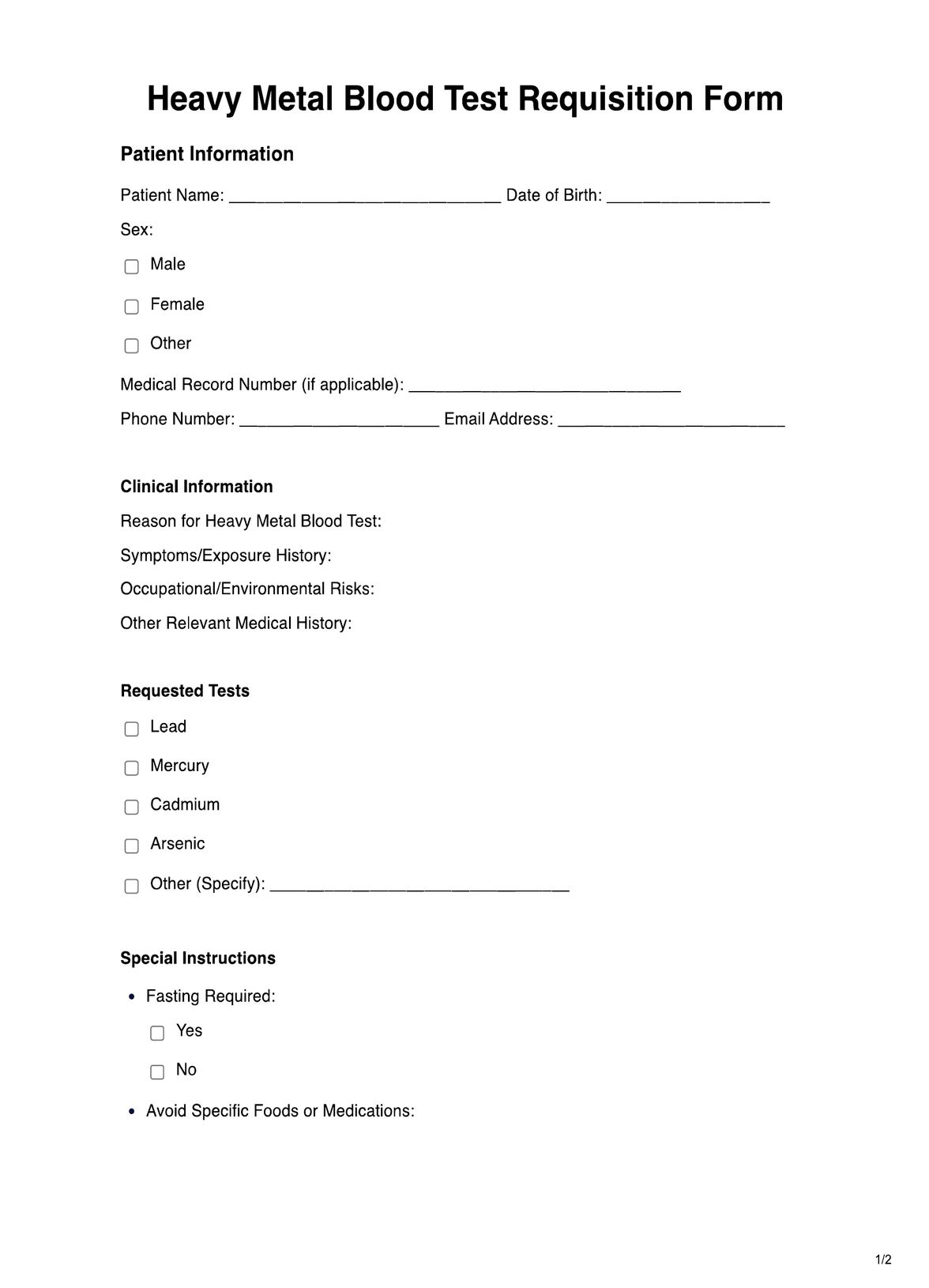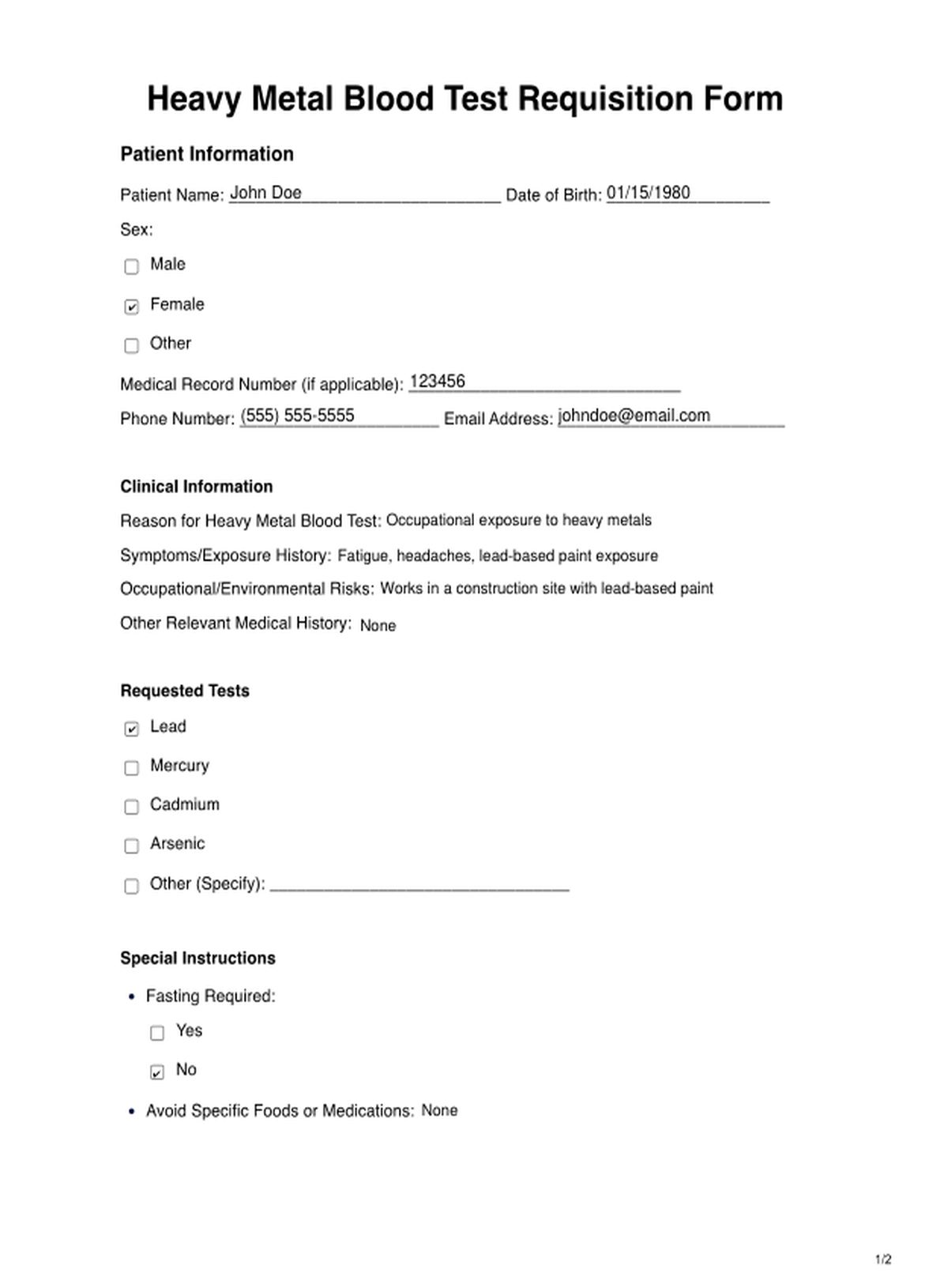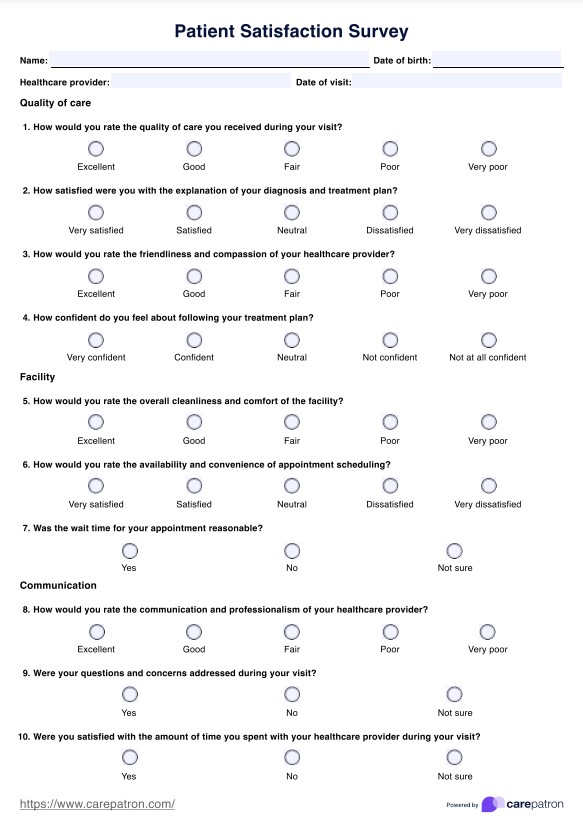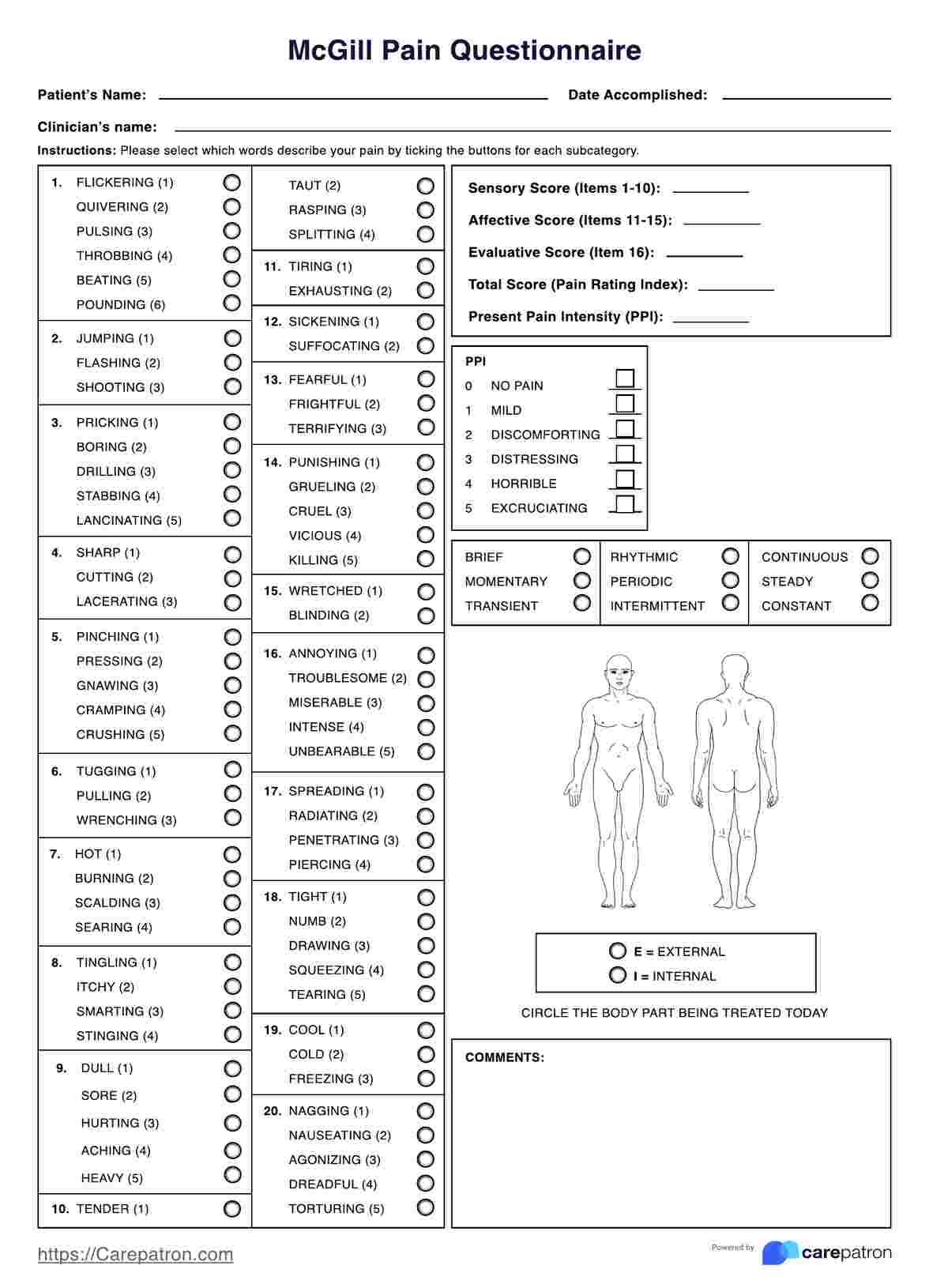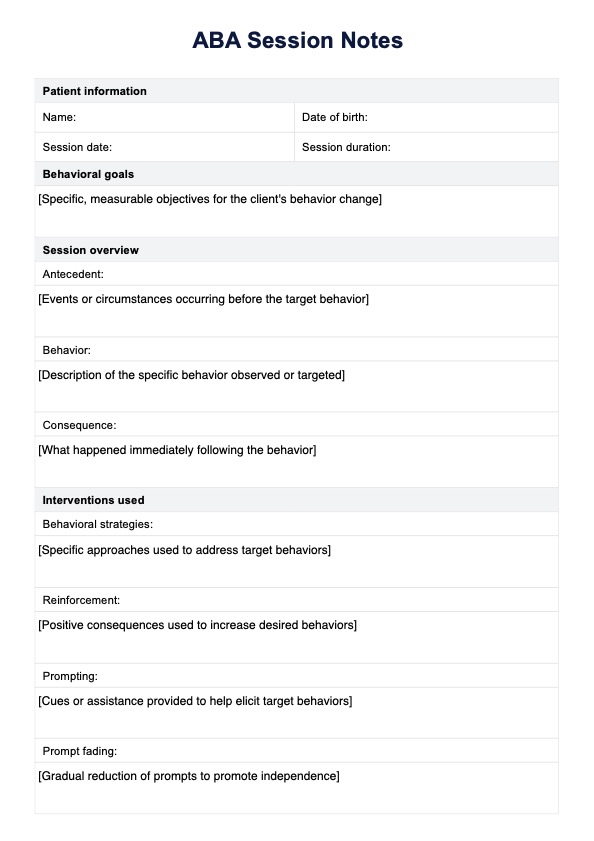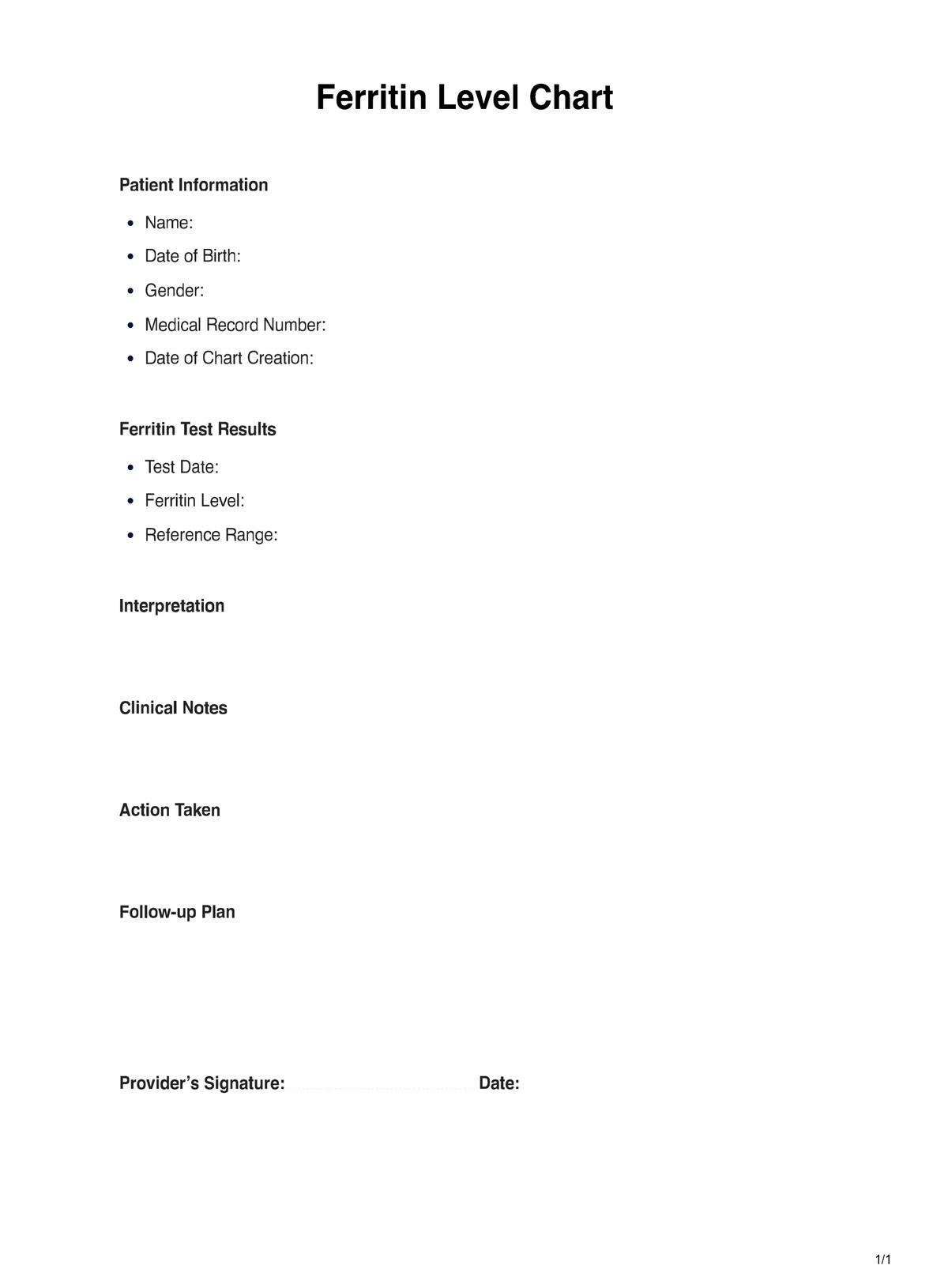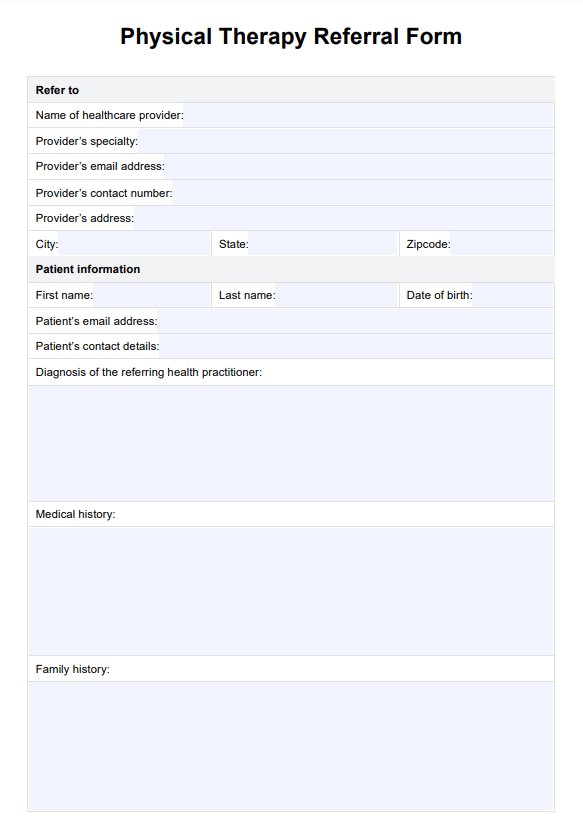Heavy Metal Blood
Accurate Heavy Metal Blood Tests for exposure assessment and health evaluation. Learn more about this essential diagnostic tool.


What is a Heavy Metal Blood Test?
A Heavy Metal Blood Test, also known as heavy metal toxicity testing or heavy metal screening, is a medical diagnostic procedure used to measure the levels of certain heavy metals in a person's bloodstream. Heavy metals are metallic elements that can be toxic to the human body when they accumulate excessively. Common heavy metals of concern in this context include lead, mercury, cadmium, arsenic, and others.
The test typically involves a blood sample taken from a vein in the arm, which is then sent to a laboratory for analysis. In the lab, specialized equipment is used to quantify the concentration of specific heavy metals in the blood.
Heavy metal blood tests are essential for several reasons:
- Environmental Exposure Assessment: They help assess if an individual has been exposed to heavy metals through environmental factors such as contaminated water, air, or soil. For instance, lead exposure from lead-based paints or arsenic exposure from contaminated well water.
- Occupational Hazard Assessment: Some occupations, like mining or industrial work, pose a higher risk of heavy metal exposure. Regular testing can help monitor workers' metal levels to ensure safety.
- Medical Diagnosis: Elevated levels of certain heavy metals can lead to various health problems, including neurological issues, kidney damage, and cardiovascular disease. These tests can aid in diagnosing heavy metal toxicity as a potential cause of such health concerns.
- Treatment Monitoring: For individuals undergoing treatment for heavy metal poisoning, blood tests are used to monitor progress and assess the effectiveness of treatment methods.
Depending on the specific heavy metals being tested, the results can inform healthcare providers about the need for lifestyle changes, medical intervention, or occupational safety measures to mitigate further exposure. If high levels of heavy metals are detected, healthcare professionals may recommend chelation therapy or other treatments to remove excess metals from the body.
Heavy Metal Blood Template
Heavy Metal Blood Example
How Does it Work?
A Heavy Metal Blood Test is a straightforward process that involves several key steps to accurately measure the levels of specific heavy metals in a person's bloodstream. Here are the key steps involved:
1. Consultation
Before the test, you typically consult with a healthcare provider, who assesses your medical history, any symptoms of heavy metal exposure, and your risk factors, such as occupational or environmental exposure.
2. Test Request
The healthcare provider determines the heavy metals to test based on your history and symptoms. They may request a "Heavy Metal Blood Test."
3. Blood Sample Collection
You may be asked to fast or avoid specific foods or medications before the test, as certain substances can affect metal levels in the blood. A trained healthcare professional collects a blood sample from a vein in your arm using a needle and a syringe or vacutainer tube.
4. Sample Labeling
The collected blood sample is carefully labeled with your name, date, and other identifying information to ensure accuracy.
5. Laboratory Analysit
The labeled blood sample is sent to a clinical laboratory. While The blood sample is prepared for analysis in the lab, which may involve centrifugation to separate serum or plasma from cells. Specialized equipment, such as mass spectrometers or atomic absorption spectrometers, is used to quantify the concentrations of specific heavy metals in the sample.
6. Results
The laboratory generates a report with the measured heavy metal levels and sends it to your healthcare provider.
7. Interpretation
Your healthcare provider interprets the results based on your medical history, symptoms, and risk factors. Elevated levels of certain metals may indicate heavy metal exposure or toxicity.
8. Follow-up
Depending on the results and clinical judgment, your healthcare provider may recommend further testing, treatment, or lifestyle changes to address any identified issues.
When Would you use this Test?
The Heavy Metal Blood Test is utilized in specific scenarios and contexts where heavy metal exposure or toxicity assessment is warranted. Here's a focused overview of when this test is appropriate:
- Occupational Settings: This test is commonly employed in workplaces where employees risk heavy metal exposure due to their job roles, such as construction, mining, welding, or battery manufacturing. It's part of routine monitoring to ensure worker safety and compliance with occupational health standards.
- Environmental Concerns: When communities are located near industrial sites, waste facilities, or areas with a history of heavy metal contamination, environmental health experts may recommend this test to evaluate potential health risks posed by exposure to heavy metals in air, water, or soil.
- Clinical Symptoms: Healthcare providers order the Heavy Metal Blood Test when patients present with symptoms suggestive of heavy metal toxicity. These symptoms can include fatigue, nausea, neurological disturbances, abdominal pain, or cognitive deficits. A history of relevant exposure further supports the need for testing.
- Pediatric Care: Pediatricians consider this test for children living in older homes with lead-based paint or areas with potential environmental contamination. Early testing is essential to detect elevated lead levels, as it can affect a child's development and cognitive function.
- Suspected Poisoning: In cases of suspected acute heavy metal poisoning, toxicologists and emergency room physicians promptly use this test to confirm the presence and severity of poisoning. Quick diagnosis allows immediate treatment, such as chelation therapy, to remove toxic metals.
- Public Health Initiatives: Public health agencies may implement this test as part of broader public health programs to screen populations for heavy metal exposure risks. It is crucial in identifying at-risk individuals and guiding public health interventions.
What do the Results Mean?
Interpreting the results of a Heavy Metal Blood Test is essential for understanding a patient's heavy metal exposure levels and potential health risks. Common results may include measurements for heavy metals such as lead, mercury, cadmium, and arsenic. Here's what these results typically mean:
- Normal Range: A result within the normal reference range indicates that the level of the tested heavy metal in the patient's blood is within acceptable limits. In this case, there is no evidence of excessive exposure or toxicity. However, it's essential to interpret these results in the context of the patient's clinical history and symptoms, as some individuals may be more sensitive to even low levels of heavy metals.
- Elevated Levels: Elevated levels of a specific heavy metal in the blood may suggest exposure or accumulation beyond what is considered safe. The significance of high levels depends on the particular metal:
- Lead: Elevated lead levels can indicate lead exposure, especially concerning in children, as it can affect neurological development.
- Mercury: High mercury levels may result from consuming contaminated fish or dental amalgam fillings. Monitoring and reducing exposure may be necessary.
- Cadmium: Elevated cadmium levels may result from smoking or occupational exposure. It can lead to kidney and lung damage.
- Arsenic: Elevated arsenic levels could be due to contaminated water or certain foods. Chronic exposure may increase the risk of cancer and other health problems.
- Very High Levels: Extremely high levels of heavy metals can indicate acute poisoning, which requires immediate medical intervention. Acute heavy metal poisoning symptoms include severe abdominal pain, convulsions, and organ failure.
A qualified healthcare professional should interpret the Heavy Metal Blood Test results by considering the patient's medical history, symptoms, and risk factors. Multiple tests may be necessary to monitor changes in heavy metal levels.
Research & Evidence
The history of Heavy Metal Blood Testing and the research and evidence supporting its use can be traced back to recognizing the toxic effects of heavy metals on human health.
The harmful effects of heavy metals like lead and mercury have been recognized for centuries. Ancient civilizations noted the toxic properties of these metals, but the understanding of their mechanisms and specific health impacts was limited. The Industrial Revolution increased heavy metals exposure due to mining, manufacturing, and lead-based products. This led to notable cases of heavy metal poisoning, highlighting the need for better understanding and testing.
In the early 20th century, research on lead poisoning, especially in children exposed to lead-based paint and leaded gasoline, gained prominence. This research demonstrated the detrimental effects of even low levels of lead exposure on cognitive development. The Minamata disease outbreak in Japan in the 1950s and 1960s, caused by mercury contamination in seafood, drew global attention to mercury toxicity and the importance of monitoring exposure.
The development of sophisticated analytical techniques, such as atomic absorption spectroscopy and inductively coupled plasma mass spectrometry, has greatly improved the accuracy and sensitivity of heavy metal testing. Governments worldwide have enacted regulations to limit heavy metal exposure, such as reducing lead in gasoline, banning lead-based paint, and setting limits for mercury emissions from industrial sources.
Extensive research has documented the health effects of heavy metal exposure, including neurological damage, cardiovascular problems, kidney dysfunction, and cancer. Studies have established associations between elevated heavy metal levels and adverse health outcomes. The effectiveness of chelation therapy, a treatment method that removes heavy metals from the body, has been studied and utilized in cases of heavy metal toxicity.
Ongoing research continues to explore the health effects of chronic low-level exposure to heavy metals and ways to mitigate exposure in various settings.
References
- Dresden, D. (2023). Heavy metal tests: What to know. www.medicalnewstoday.com. https://www.medicalnewstoday.com/articles/heavy-metal-test
- HealthMatters.io LLC. (n.d.). Complete heavy metals test (Blood) | HealthMatters.io. https://healthmatters.io/biomarker-category/complete-heavy-metals-test-blood
- Lu, C. M., MD PhD. (2023, February 2). Heavy metal testing | Testing.com. Testing.com. https://www.testing.com/tests/heavy-metals/
- MetaMetrics Laboratory. (2023, August 28). Heavy metals test in blood - MetaMetrics Laboratory. https://metametricslab.com/product/heavy-metals-test-and-toxic-elements-analysis-in-blood/
Commonly asked questions
Healthcare providers, occupational health experts, and environmental health agencies typically request Heavy Metal Blood Tests for individuals exposed to heavy metals or showing related symptoms.
Heavy Metal Blood Tests are used when there is suspicion of heavy metal exposure, toxicity, or environmental contamination. They are also utilized for occupational monitoring, clinical evaluation, and public health assessments.
Heavy Metal Blood Tests involve collecting a blood sample from a patient, which is then sent to a laboratory for analysis. The results help assess heavy metal levels in the bloodstream, guiding diagnosis and appropriate interventions.


